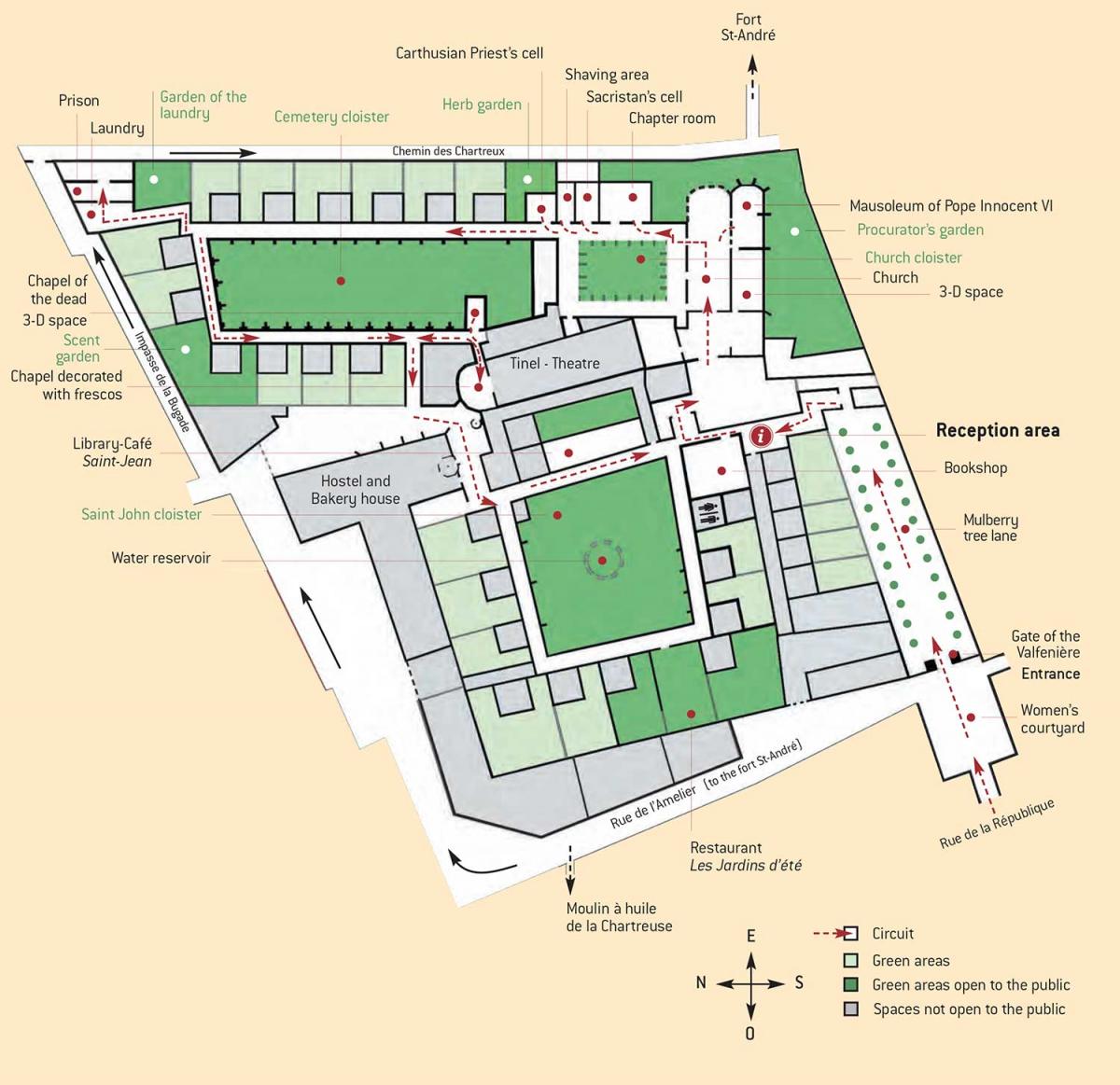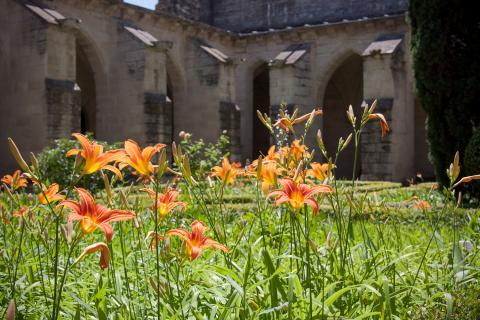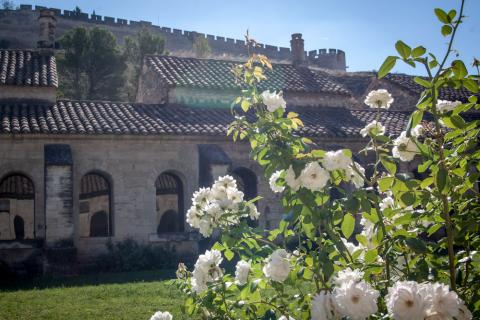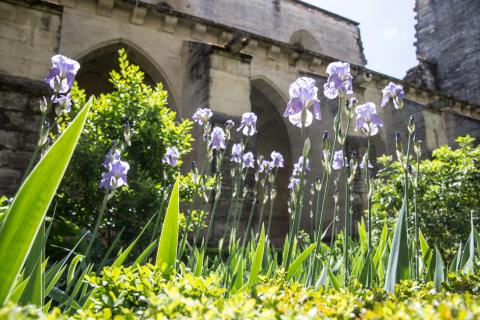The restoration approach taken by the French Monuments Historiques long overlooked the garden spaces at La Chartreuse.
On a par with recent research and growing public interest however, the art of gardens has now been restored to a place of honour.
In 1999, La Chartreuse began a thorough rehabilitation of the old monastery gardens accompanied by in-depth thinking concerning their evolution. Research work assigned to the public research team, Artopos, from Montpellier, specialised in archival and plant research, geological and hydro-geological analyses and biological soil analyses, defined the bases for the garden rehabilitation project. The decision was made not to recreate identical gardens corresponding to a past ideal, but to perpetuate the spirit of place in renovating the gardens. All the garden spaces recall the monks’ knowledge of plants and evoke the close bond between the monks and nature. The gardens have also been designed to take into account the new uses of the monastery which now houses artists and writers, in particular playwrights.
A Carthusian monastery is a space of harmony that seeks balance between the mineral and plant environments. The monks lived in enclosed space within the solitude of their cell and needed contact with nature. To get an idea of how important gardens were in the monastery, one must be able to imagine that over half of the surface area of the monastery was planted with gardens which served several purposes. Gardens were meditation spaces, a tangible place of prayer for the monks. They were economic spaces where orchards and vegetable gardens grew a great deal of food for the monks. All gardens were living praise to the Creator.
To help you discover the Carthusians’ flowers and trees the above map gives views of 10 gardens, some of which were individual gardens (the herb garden and the sacristan’s garden). Others were monastic community spaces such as the cloisters and the cemetery. And some were more ceremonial gardens, intended to be seen by outsiders such as guests to the monastery.






